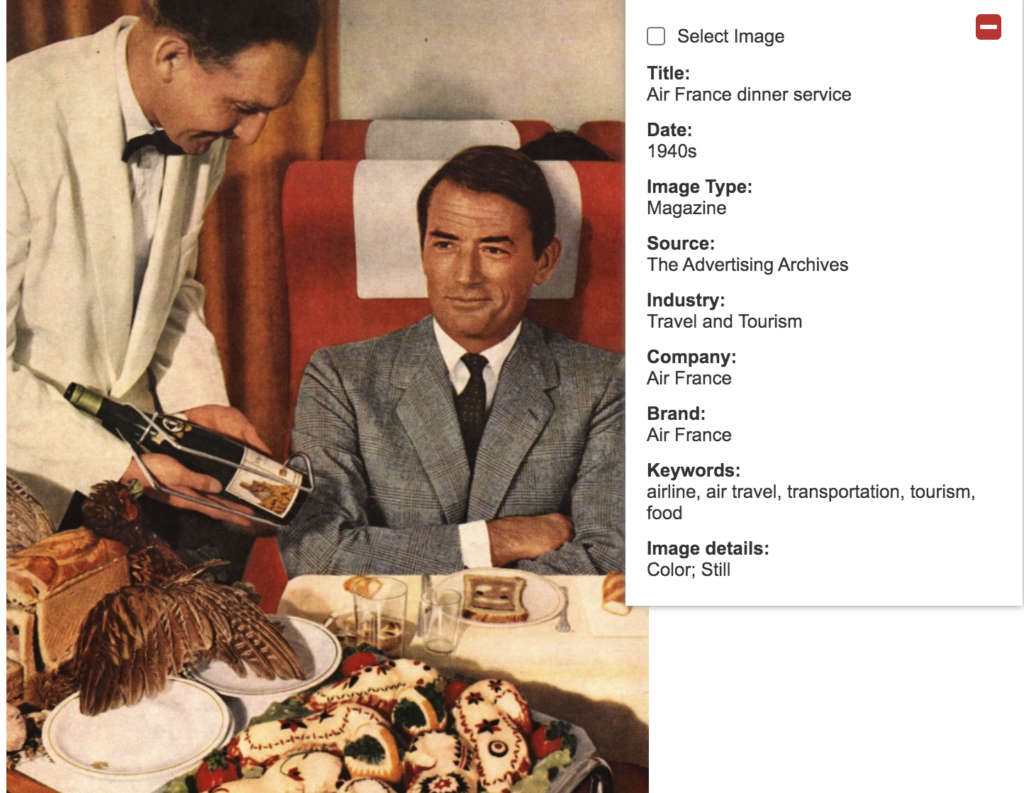
For a previous class assignment I reviewed the “Market Research & American Business, 1935 -1965” digital collection. The site provides a wealth of information regarding America’s consumer culture. One notable feature of the collection is how well it incorporates metadata in its search features. Unlike a search engine site which encompasses a broad and wide range of objects, digital collections by their very nature, are more narrow in scope. They can be more surgical in their use of key words and metadata.
We know that metadata is descriptive information that assists users in looking for digital objects like images, documents, and media files. But not all online collections use metadata consistently. When properly applied metadata ensures a higher degree of success in making digital objects discoverable. This is due to the fact metadata helps users create associations or relationships between objects. As a result they can use the choices of metadata to ask relevant questions and get the search results they need. However, more often than not, valuable information stored in collections go undiscovered. This is due to the poor use of metadata and user frustration with search results.
Market Research & American Business is a good example of how to properly describe a collection’s available content through its navigation options and metadata. Users are provided several ways to search for objects. This includes well defined directories and a useful “glossary” page that presents a extensive list of key words that can be applied to advanced searches.

The collection focuses on both marketing research and studies (documents) as well as the images of the advertisements from the 1935 – 1965 period. The metadata associated with the collection’s objects provides the user a good overview of the era’s brands and companies as well as the industries they serviced. What makes the collection unique is the discoverable research that provides a behind the scenes vantage point of the psychology behind the major American marketing campaigns of the era.

However, the site’s features and metadata does not easily provide identifiable information on the types of studies conducted or the intended audiences response to the specific advertisements and campaigns. This would be a valuable resource that would permit future researchers to study the effectiveness of marketing during this period.
For researchers using the collection, the site’s application of metadata and search functions permits some interesting questions to be asked. For example, the availability of consumer research by industry permits questions to be raised on what impact did variables such as sex, or race, of the intended audience have on how they responded to certain brands or product purchased. Also, the three decades of available digital objects, allows a user to track significant trends in the changing marketing styles of the era (tail fins on 1950s automobiles).
Unfortunately the site is limited in scope to only three decades of research and the collection of one marketing expert, Ernest Dichter. While the collection is a significant glimpse into how Americans were persuaded to purchase and consume, it does not provide a complete catalog of available objects during the period. As a result the site’s metadata does not allow you to ask some very obvious questions. For example were American consumers really oblivious to being manipulated during those decades? As consumers, are we any different today?
